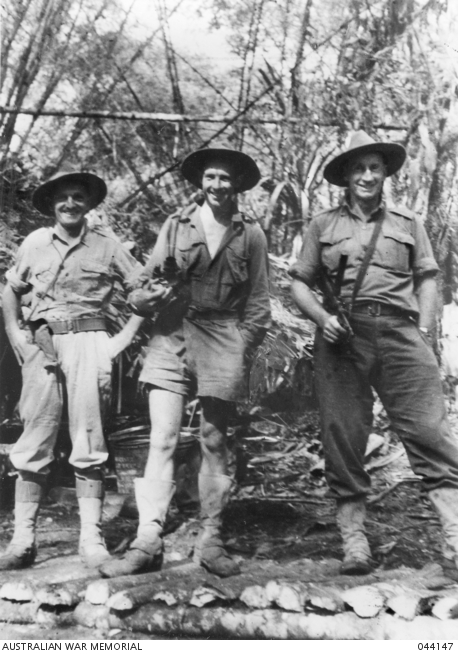Fifty Australians - Damien Parer
A war cameraman whose film Kokoda front line was awarded an Oscar in 1943. Following service with Australian units, Parer was killed covering US operations in the Pacific.
Damien Peter Parer (1912–1944)
On leaving school in 1930 Damien Parer was apprenticed as a photographer. He became interested in film-making and in 1940 he filmed the Australian classic Forty thousand horsemen for Charles Chauvel. He was also a studio photographer. During the war he extended his reputation while working for the Commonwealth Department of Information; many of his images became part of the ANZAC legend.
Parer’s wartime films typically showed the human experience of conflict. Technically brilliant, “his films were narratives about the human situation”. Working right up to the front line, he many times took great personal risks and was mentioned in despatches.
Parer’s war work took him to the Middle East in 1940 to witness Australian troops in action. He photographed and filmed the early victories in Libya, and the fighting in Greece and Syria and at the siege of Tobruk. Returning to Australia to cover the fighting in the Pacific, he filmed the Australians fighting along the Kokoda Trail in Papua.
The newsreel, Kokoda front line, introduced by Parer and with scenes he had captured, showed the heavy fighting not far beyond Australia. Other important Cinesound newsreels contained Parer’s footage. These included Men of Timor, The Bismarck convoy smashed, and Assault on Salamaua. Most Australians became familiar with his work and through it learnt of their countrymen’s ordeals and exploits. In 1943 the American Academy of Motion Picture Arts and Sciences awarded an Oscar to the Kokoda front line producer, Ken Hall.
Increasingly unhappy with the Department of Information for its parsimony and interference, Parer resigned in 1943 to work for Paramount News. He went on to cover American operations; on 17 September 1944, during the invasion of Peleliu Island he was killed, with his camera in hand, by a Japanese machine-gunner.
Always close to the fighting, Parer is seen here with troops after an action in New Guinea in August 1943.
- Home
- Previous: Harry Murray
- Next: Frank Partridge


